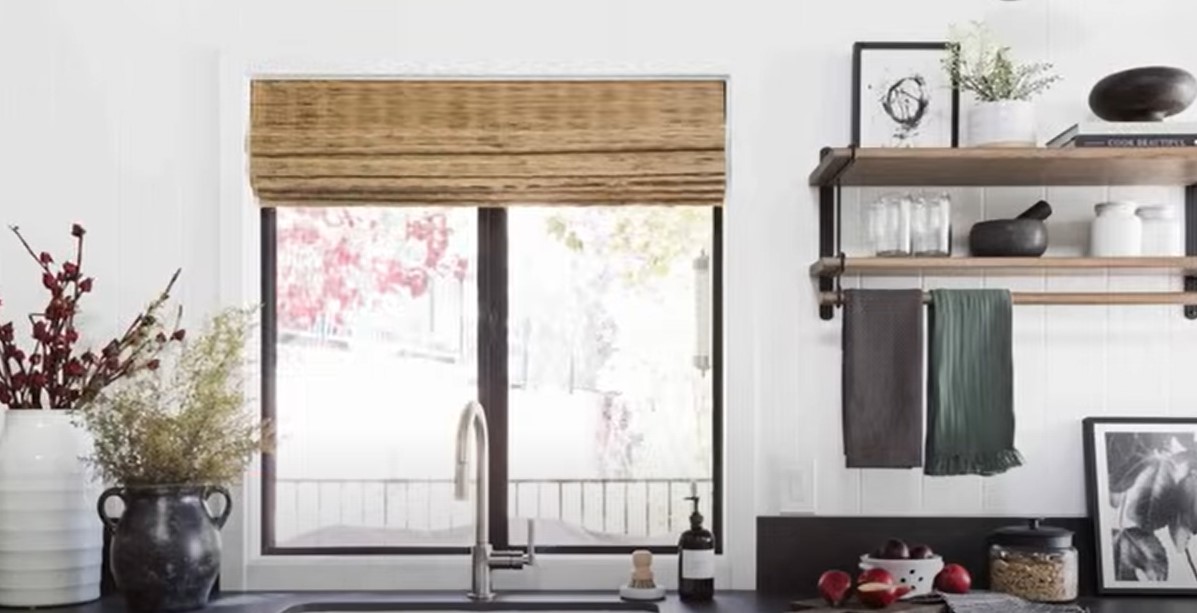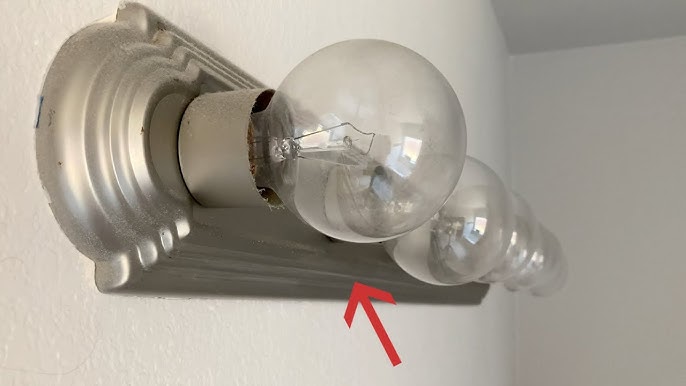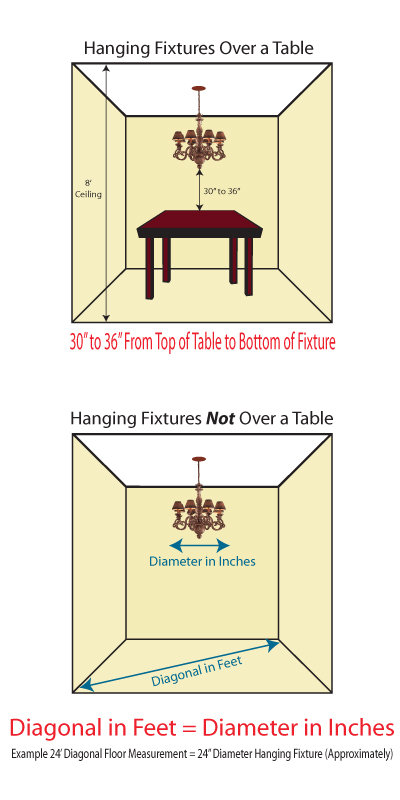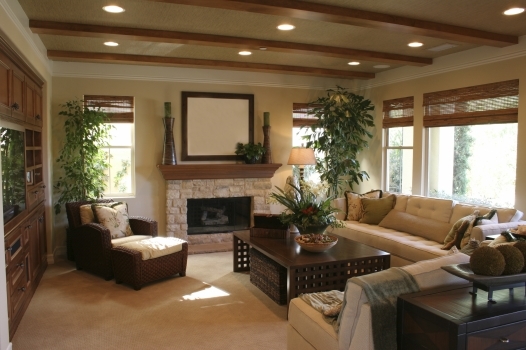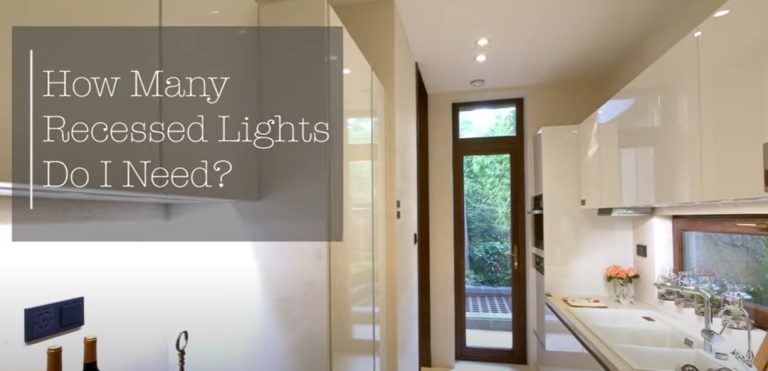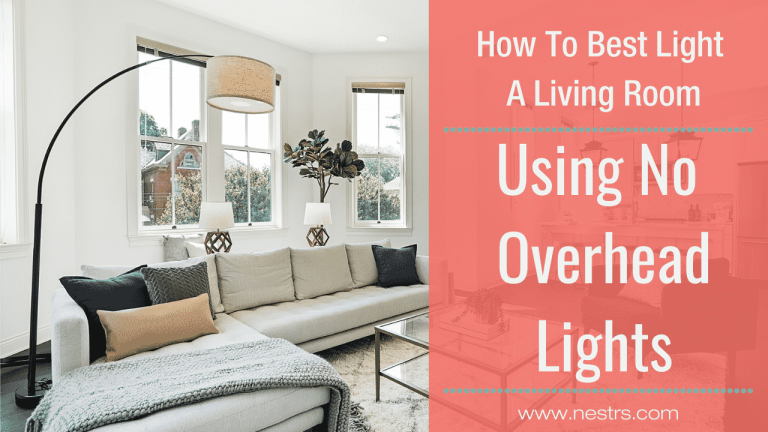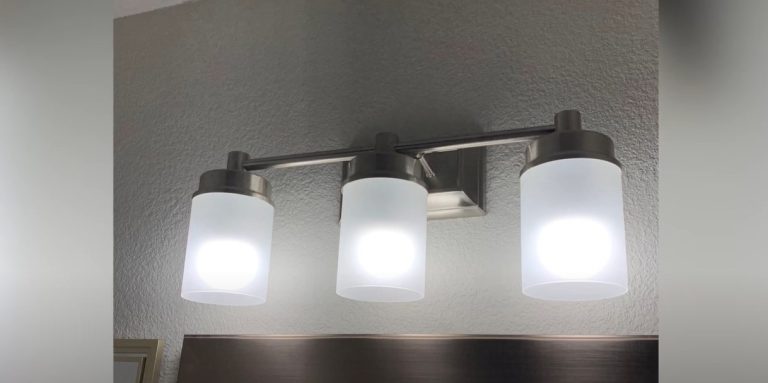Small Kitchen Recessed Lighting Layout Expert Tips
Small kitchen recessed lighting layout To layout recessed lighting in your kitchen, space lights 4–6 feet apart, centered over work areas like countertops, sinks, and islands. Position lights 12–24 inches from cabinets to avoid shadows. Use a grid pattern for even coverage, and choose beam angles and bulb types suitable for task and ambient lighting.
The right lighting can make meal prep a breeze, highlight your kitchen’s best features, and even influence how you feel in the space. But how do you ensure that your new recessed lights are both functional and stylish? You’ll discover the secrets to perfectly positioning recessed lighting to elevate your kitchen’s ambiance and efficiency.
Get ready to transform your cooking space into a bright, inviting hub that you’ll love spending time in. Whether you’re a seasoned DIY enthusiast or just starting your home improvement journey, these tips will guide you every step of the way. Dive in to learn how to illuminate your kitchen with precision and flair!
Small Kitchen Recessed Lighting Layout
Planning Your Lighting Layout
Planning your lighting layout ensures your kitchen is well-lit and functional. Recessed lighting can highlight key areas and enhance the overall ambiance. Thoughtful placement will help prevent shadows and create an inviting space.
Understand Your Kitchen’s Layout
First, consider the size and shape of your kitchen. Smaller kitchens may need fewer lights. Larger spaces might require more fixtures for even coverage.
Determine The Purpose Of Each Area
Identify key zones such as cooking, dining, and prep areas. Each zone may require different lighting intensities. Task lighting is essential over counters. Ambient lighting creates a warm atmosphere.
Choose The Right Number Of Fixtures
Too many fixtures can overwhelm your space. Too few may leave areas dim. Balance is key. Calculate the number based on your kitchen’s dimensions and zones.
Consider Ceiling Height
Ceiling height affects lighting spread. Higher ceilings might need more powerful bulbs. Lower ceilings benefit from less intense fixtures. Adjust placement for even light distribution.
Space Your Lights Evenly
Even spacing prevents dark patches. It ensures consistent lighting throughout. Measure distances to maintain uniformity. Typically, space lights 4 to 6 feet apart.
Focus On Energy Efficiency
Choose energy-efficient bulbs for sustainability. LED lights consume less power. They last longer, saving money over time. They also provide bright, clear lighting.
Test Your Design
Before installation, test your layout. Use temporary fixtures to gauge brightness. Adjust positions as needed. Ensure each area is adequately lit.
Read More: Can Light Spacing Kitchen: Enhance Your Culinary Space

Credit: m.youtube.com
Choosing The Right Fixtures
Choosing the right fixtures for recessed lighting in your kitchen is vital. The right fixtures enhance functionality and aesthetics. They create a cozy and inviting atmosphere for cooking and gatherings. This section explores key factors to consider for perfect lighting fixtures.
Consider Fixture Type
Different fixtures offer varied lighting effects. Some provide soft ambient light. Others focus on task lighting. Select fixtures based on your kitchen’s layout and needs.
Evaluate Size And Style
Fixture size should match your kitchen’s dimensions. Avoid oversized fixtures that overpower the space. Choose styles that complement your kitchen decor. Modern, classic, or industrial styles are popular choices.
Assess Light Temperature
Light temperature influences the kitchen’s mood. Warm lights create a cozy feel. Cool lights are better for task-focused areas. Balance the temperature throughout the kitchen for a harmonious look.
Check Energy Efficiency
Energy-efficient fixtures reduce electricity bills. Look for LED options. They last longer and consume less energy. Eco-friendly choices are better for the environment.
Analyze Placement And Spacing
Proper placement ensures even light distribution. Position fixtures strategically to avoid shadows. Maintain adequate spacing between each fixture. This prevents overcrowding and enhances visibility.
Read more: How Do I Layout Recessed Lighting in My Kitchen? Tips
Determining Placement And Spacing
Choosing the right layout for recessed lighting in your kitchen is crucial. Proper placement and spacing create an inviting and functional space. This section guides you in determining the ideal spots for your lights. Achieving balanced lighting enhances your kitchen’s atmosphere and usability.
Determining Placement
Identify key areas needing light. Focus on workspaces like countertops and islands. Proper lighting here aids in cooking and food prep. Consider shadow creation when placing lights. Shadows can hinder visibility and affect your kitchen tasks.
Opt for lights above the sink. This ensures clear vision during dishwashing. Highlight cabinets to showcase their design. This adds depth to your kitchen’s look.
Calculating Spacing
Spacing impacts light distribution. Space lights evenly for balanced illumination. Avoid overcrowding to prevent excessive brightness. Consider ceiling height when spacing lights. High ceilings need wider spacing for effective lighting.
Use a simple formula for spacing: Divide ceiling height by two. This gives the ideal distance between lights. Adjust spacing based on kitchen size and layout. Smaller kitchens may need closer spacing for sufficient light.
Installation Techniques
Installing recessed lighting in your kitchen transforms the space. It enhances both functionality and aesthetics. Proper installation techniques ensure optimal lighting and energy efficiency. Follow these methods for a well-lit kitchen.
Planning The Layout
Begin with a detailed plan. Measure the kitchen dimensions. Identify key areas needing light. Consider workspaces, islands, and dining areas. Ensure even distribution of light.
Select fixtures that fit your ceiling height. Low-profile options suit lower ceilings. Opt for adjustable fixtures for focused lighting. Consider energy-efficient bulbs to reduce costs.
Spacing And Placement
Space fixtures evenly. Maintain consistent distance between lights. Avoid shadows by placing lights strategically. Use a grid layout for uniform illumination.
Wiring And Electrical Considerations
Hire a licensed electrician for wiring tasks. Ensure compatibility with existing electrical systems. Verify circuit capacity to handle new fixtures. Safety is crucial during installation.
Testing And Adjustments
Test the lighting system post-installation. Check for even light distribution. Adjust angles of lights as needed. Ensure switches work correctly.
Final Touches
Complete the installation with finishing touches. Choose trim styles that match kitchen decor. Clean fixtures for a polished look. Enjoy your newly lit kitchen!
Enhancing Kitchen Ambiance
Recessed lighting transforms the kitchen into a warm, inviting space. It enhances the ambiance, making the kitchen both functional and stylish. Thoughtful lighting arrangements highlight key areas, creating a balanced atmosphere.
Proper layout ensures even lighting across the kitchen. It prevents shadows and dark spots, promoting a cozy environment. By carefully planning the layout, the lighting enhances cooking and dining experiences.
Creating Focal Points
Recessed lights can spotlight key areas in the kitchen. Use them to highlight the kitchen island or dining area. This draws attention to these spaces, making them focal points.
Focal lighting adds drama to the kitchen design. It accentuates architectural details and decor elements. Consider placing lights above countertops and sinks for optimal effect.
Balancing Light And Shadow
A balanced light layout prevents harsh shadows. Shadows can make a kitchen feel cramped and unwelcoming. Position lights evenly across the ceiling for smooth illumination.
Soft lighting creates a relaxed ambiance. It enhances the kitchen’s visual appeal, making it pleasant for gatherings. Aim for a mix of task and ambient lighting to achieve this balance.
Layering Light For Depth
Layering light adds depth and dimension to the kitchen. Use a combination of recessed lights and pendant lights. This creates a dynamic lighting scheme.
Layered lighting adapts to different activities. It provides bright task lighting for cooking and soft light for dining. Experiment with dimmers to adjust light levels easily.
Choosing The Right Bulbs
The bulb choice impacts the ambiance significantly. LED bulbs are energy-efficient and long-lasting. Select bulbs with a warm color temperature for a cozy feel.
Consider the bulb’s brightness for each kitchen area. Brighter bulbs suit task areas, while softer bulbs enhance relaxation zones. Proper bulb selection ensures the desired kitchen atmosphere.

Credit: m.youtube.com
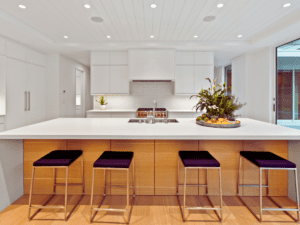
Credit: www.righttouchelectrical.com
FAQs
How far should recessed lights be from kitchen cabinets?
Place recessed lights 12 to 24 inches away from cabinets to prevent shadows while prepping food. This ensures direct light on countertops and work surfaces.
Should I use different lighting zones in my kitchen?
Yes. Divide your kitchen into zones such as cooking, prep, and dining. Use separate circuits or dimmers to control light intensity based on function and mood.
What type of bulb is best for kitchen recessed lighting?
LED bulbs are best—they’re energy-efficient and offer options for brightness (lumens) and color temperature (Kelvin). Use 2700K–3000K for warm light or 4000K for bright, white task lighting.
Can I mix recessed lighting with other light types in the kitchen?
Absolutely. Combine recessed lighting with under-cabinet lights, pendant lights over islands, and ceiling fixtures to create layered lighting for both function and ambiance.
Conclusion
Creating the perfect kitchen lighting is achievable. Plan your recessed lights carefully. Consider the size and layout of your kitchen. Ensure adequate lighting for cooking and dining areas. Balance brightness with energy efficiency. Choose the right trim and bulb type.
Test your setup before finalizing the installation. Proper lighting enhances your kitchen’s ambiance and functionality. It sets the right mood for meals and gatherings. Make adjustments as needed to suit your needs. Enjoy a well-lit and welcoming kitchen space.

